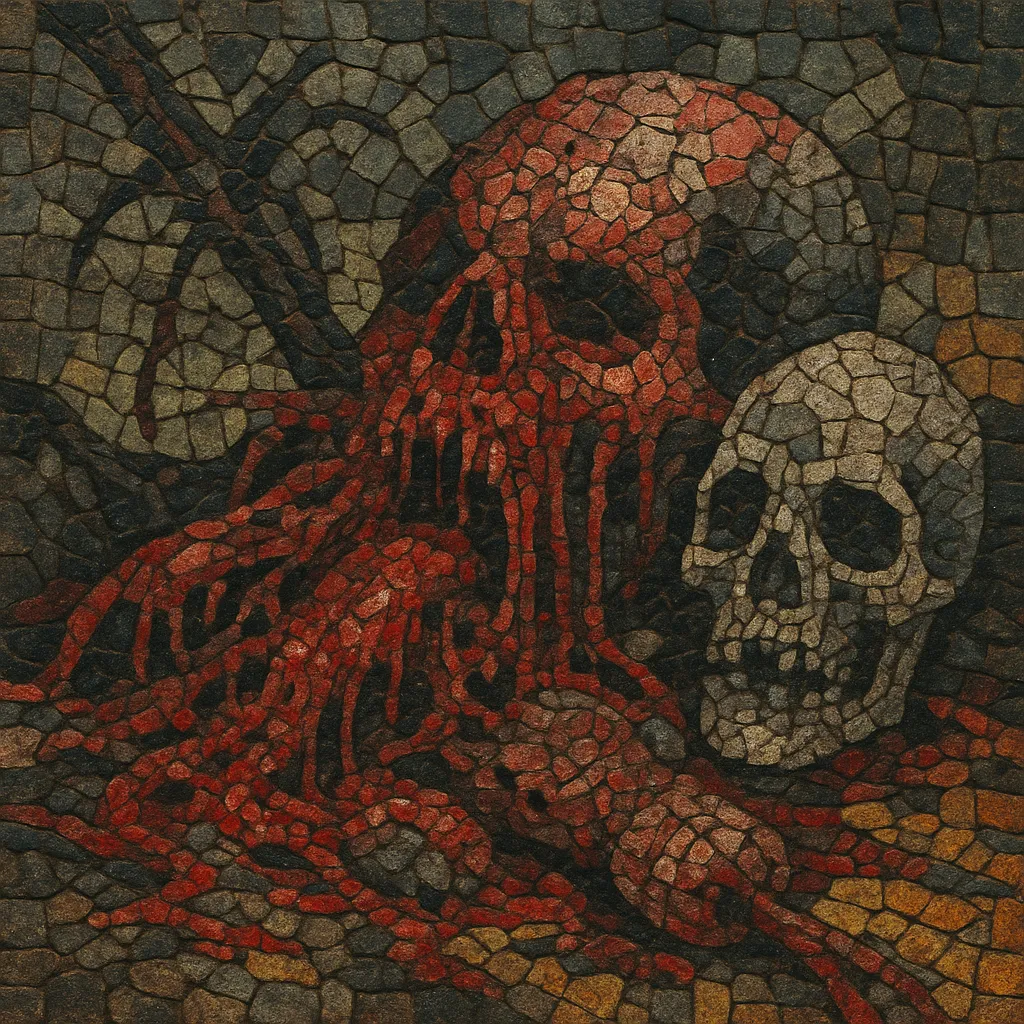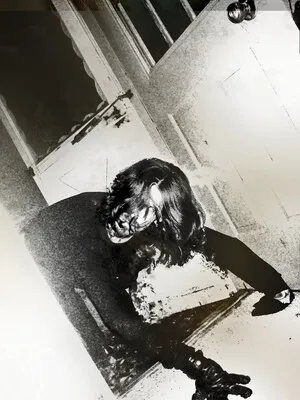
Gorenoise is an internet-born microgenre that fuses the gurgling, pitch-shifted vocal aesthetics and macabre pathology themes of goregrind with the texture-first extremity of harsh noise and harsh noise wall.
The style prioritizes obliterating distortion, clipping, and tape-saturated, basement-level fidelity over riffs or song structure. Tracks are typically very short or arranged as continuous, amorphous slabs of noise; rhythm can be absent, replaced by sputtering drum-machine blasts or junk percussion pushed into the red. Medical samples, surgical ambience, and grotesque artwork complete the transgressive, DIY package.
Where goregrind still leans on riffs and drums, gorenoise minimizes musical gesture to focus on timbre, saturation, and body-horror atmosphere—effectively treating the classic “toilet bowl” vocal as another noise source within a wall of hiss, feedback, and low-end rumble.
Gorenoise emerged in the mid-to-late 2000s as a cross-pollination of goregrind’s grotesque aesthetics and the extremity of harsh noise scenes. Early precursors included noisecore and gore/noise hybrids in the 1990s, with acts that blurred the lines between blastbeat mayhem and feedback-saturated chaos.
The genre took shape on blogs, forums, CDr/tape microlabels, and later Bandcamp—spaces that favored rapid-fire, DIY releases. Artists often operated as anonymous or one-person projects, exchanging splits and short EPs, and cultivating a community that valued texture, saturation, and transgressive presentation over traditional musicianship.
Through the 2010s, gorenoise codified common traits: hyper-pitched gurgle vocals, drum-machine splatter or no rhythm at all, lo-fi recording chains (cassette decks, cheap mixers, overloaded pedals), and medical/forensic sampling. The result is a deliberately abrasive, body-horror soundscape distinct from riff-centric goregrind and more structured noisegrind.
Gorenoise remains a niche, highly DIY practice. Its catalog lives largely on limited tapes, CDrs, zip archives, and Bandcamp micro-releases, sustaining a global network of artists who continue to push the extremity of texture and concept rather than songcraft.



